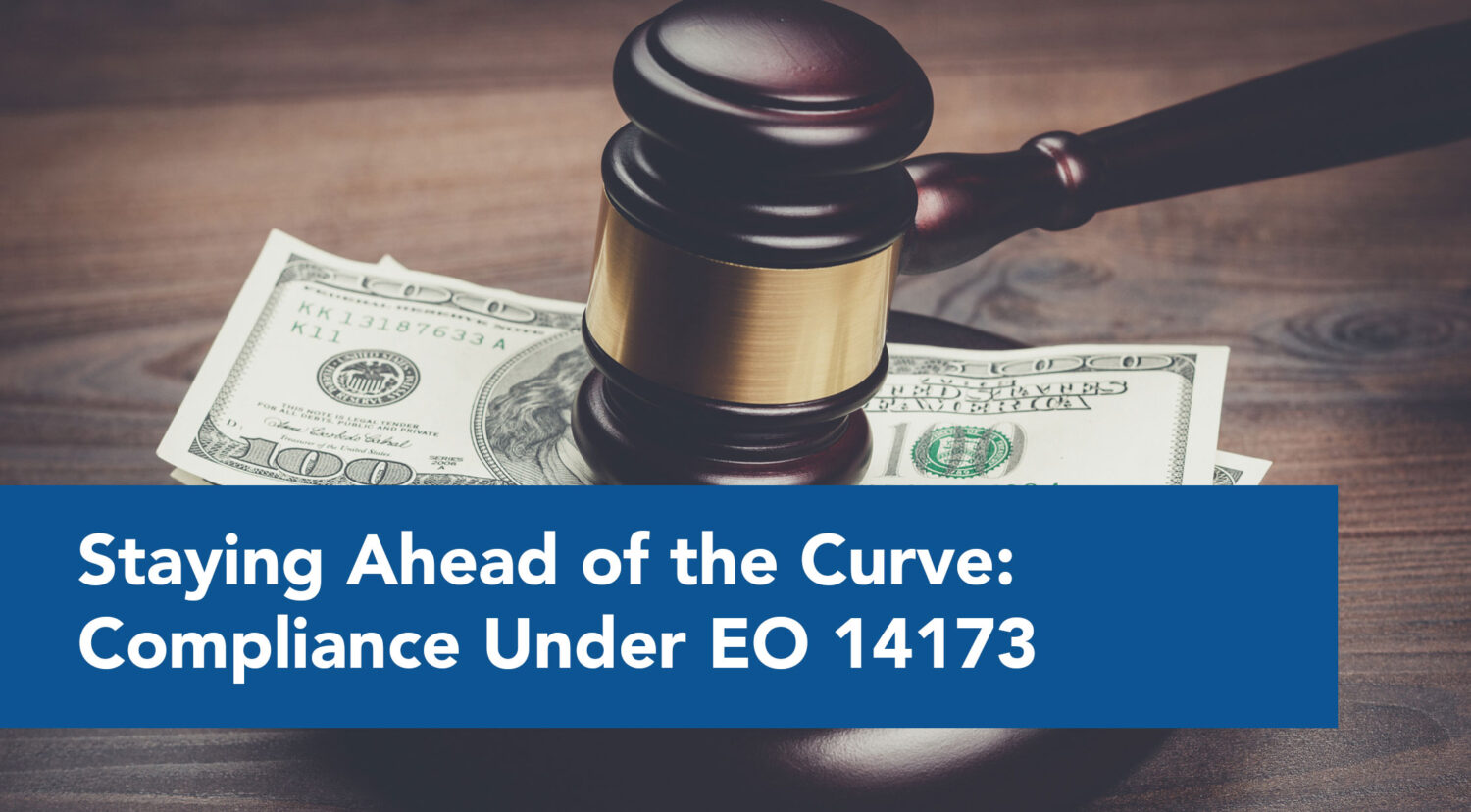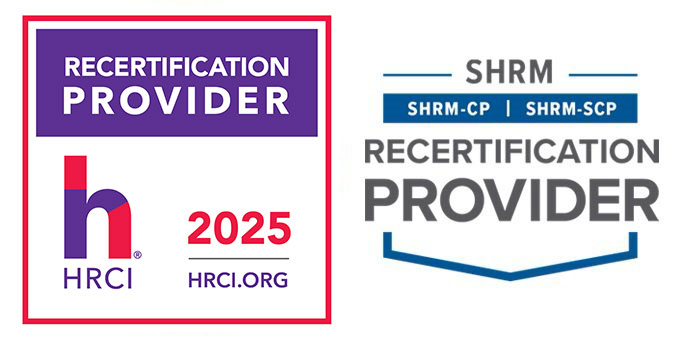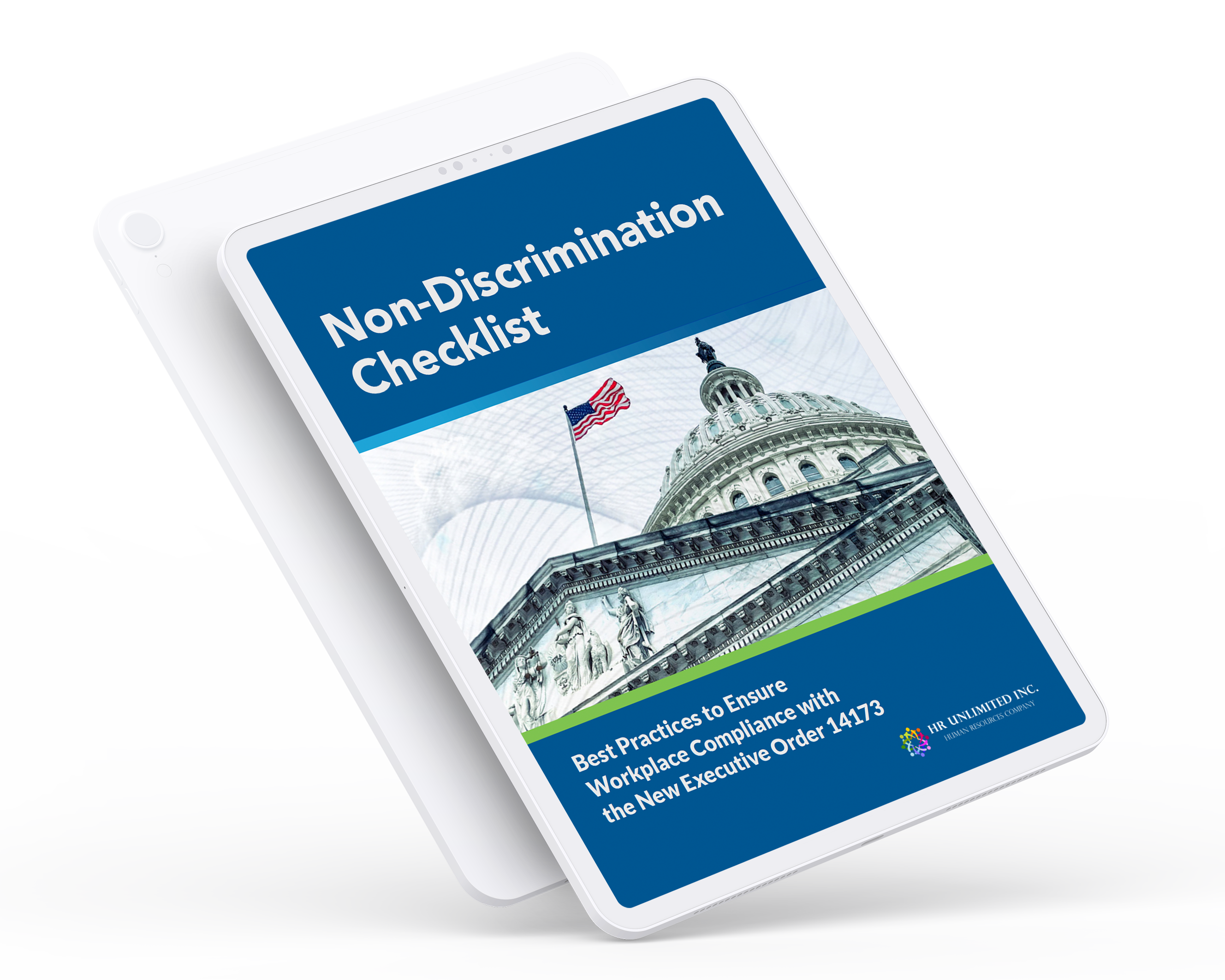

A recent EEOC lawsuit shows why federal contractors must continue to be proactive in preventing workplace discrimination.
A Wake-Up Call from the EEOC
On Friday, July 18, 2025, the U.S. Equal Employment Opportunity Commission (EEOC) announced a $360,000 settlement with Frontier Hot-Dip Galvanizing, a Buffalo-based steel company. This case should concern every federal contractor.
The EEOC charged that the company subjected Black employees, including temporary workers, to racial slurs, offensive graffiti, and retaliation after they filed complaints. Despite receiving warnings, the employer failed to act. The result? A costly lawsuit, reputational damage, and court-ordered corrective measures.
This wasn’t about a new rule or an obscure regulation. It was a clear violation of Title VII of the Civil Rights Act of 1964, which prohibits discrimination based on race and national origin, and protects employees who speak out against such behavior.
What Does This Mean for Federal Contractors?
With the issuance of Executive Order 14173, which reaffirms and elevates the federal government’s commitment to preventing workplace discrimination, federal contractors can no longer afford a “wait and see” approach. While formal implementation guidance may still be pending, enforcement is very much underway. The risks of inaction are too high.
The Message Is Clear: Compliance Can’t Wait.
So, what can you do to stay ahead and protect both your employees and your organization?
Best Practices for Staying in Compliance with Anti-Discrimination Laws
- Conduct a Workplace Risk Assessment Evaluate your current policies, complaint procedures, and internal reporting channels. Identify any blind spots in your hiring, pay practices, promotions, or workplace culture that could expose you to discrimination claims.
- Perform Regular Pay Equity and Workforce Analytics Reviews Use data to uncover disparities in pay, promotions, and hiring. Disaggregate by race and gender to ensure compliance with Title VII and the spirit of EO 14173.
- Update Anti-Harassment and Anti-Retaliation Policies Make sure your policies are clear, accessible, and inclusive of temporary, part-time, and contract workers. Define what constitutes harassment and retaliation, and ensure all employees know how to report issues without fear of reprisal.
- Provide Meaningful Employee Training Annual anti-discrimination training isn’t enough. Provide ongoing interactive sessions that help employees and managers recognize and address bias, harassment, and microaggressions. Ensure training includes bystander intervention and escalation paths.
- Establish Safe and Independent Reporting Channels Create or improve anonymous and third-party reporting mechanisms (like hotlines or digital platforms). Encourage employees and staffing agencies to speak up and make sure you’re ready to act on their concerns.
- Document Everything From employee complaints to investigation outcomes and policy updates, thorough documentation is your best defense. Ensure your HR and compliance teams maintain clear, consistent records.
- Engage Outside Experts When Needed Whether it’s legal counsel, HR consultants, or DEI advisors, don’t hesitate to bring in outside help to assess your compliance program and recommend improvements.
The Bottom Line
The EEOC’s lawsuit against Frontier Hot-Dip Galvanizing underscores a hard truth: compliance is not optional, and inaction has consequences. EO 14173 may still be taking shape, but your responsibility under long-standing civil rights federal laws is active and enforceable now. Proactive compliance isn’t just a legal obligation; it’s a business imperative. Protect your employees, protect your contract, and lead by example.
The enforcement of Executive Order 14173 is transforming compliance requirements for federal contractors. Join us on August 6, 2025, at 10:30 AM PST for an exclusive virtual roundtable led by government officials for clear, actionable guidance to navigate the evolving regulatory landscape confidently. Learn more about this webinar
If you’re ready to strengthen your compliance and equity efforts, we’re here to help. Contact us today to learn how we can support your EEO and non-discrimination goals.




